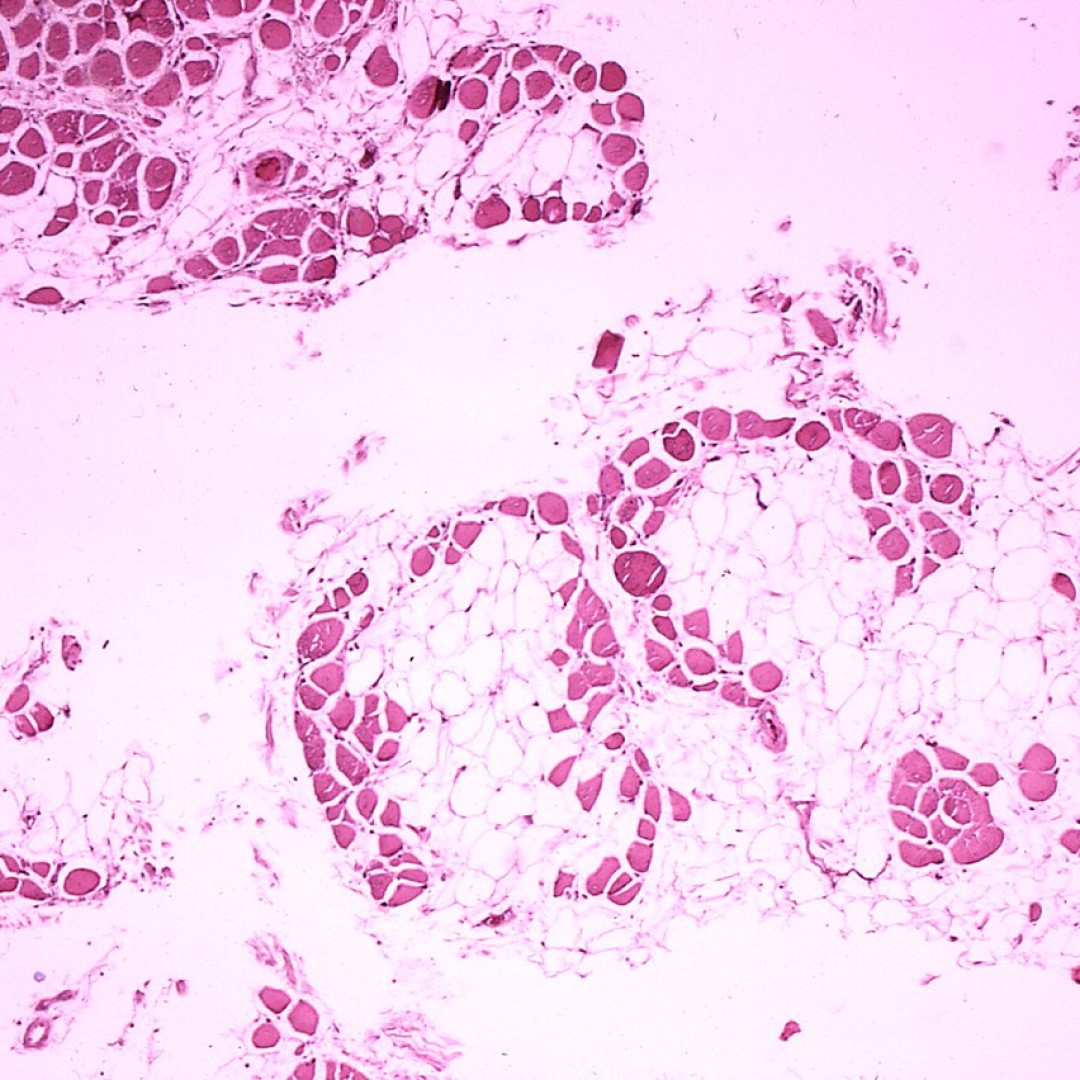
Mechanism for treating muscle degeneration discovered
On Feb. 12, 2025, researchers at the Max Planck Institute released a study that could pave the way for new therapeutic approaches for Duchenne muscular dystrophy (DMD) as well as for other diseases.
DMD is a genetic disorder with severe consequences such as muscle atrophy that begins in childhood. It is caused by mutations in the dystrophin gene – the longest gene in our genome – some of which result in disrupted gene expression. The life expectancy of affected patients is significantly reduced.
The disease, for which there is currently no cure, is caused by mutations in the dystrophin gene, which is located on the X chromosome. Besides dystrophin, the study focuses on a second protein called utrophin, which is related to dystrophin. Until now, transcriptional adaptation had only been reported in animals such as the nematode C. elegans, zebrafish, and mice.
The researchers report that thanks to mRNA fragments, and transcriptional adaptation, another similar protein, utrophin, is produced in larger quantities, thereby compensating for the lack of dystrophin. The Max Planck scientists have shown in cultured cells from DMD patients that the dystrophin mRNA fragments increase utrophin production in the affected cells.
“The mechanism behind this observation is transcriptional adaptation. By regulating the dystrophin mRNA decay mechanism, it is possible to control utrophin production in these cells. This provides a starting point for a therapy,” said Lara Falcucci, the first author of the study. The findings were published in Nature.
Tags:
Source: Max Planck Institute
Credit: Photo: Histopathology image of gastrocnemius muscle from patient who died of pseudohypertrophic muscular dystrophy, Courtesy: Dr. Edwin P. Ewing, Jr., U.S. Centers for Disease Control and Prevention.
